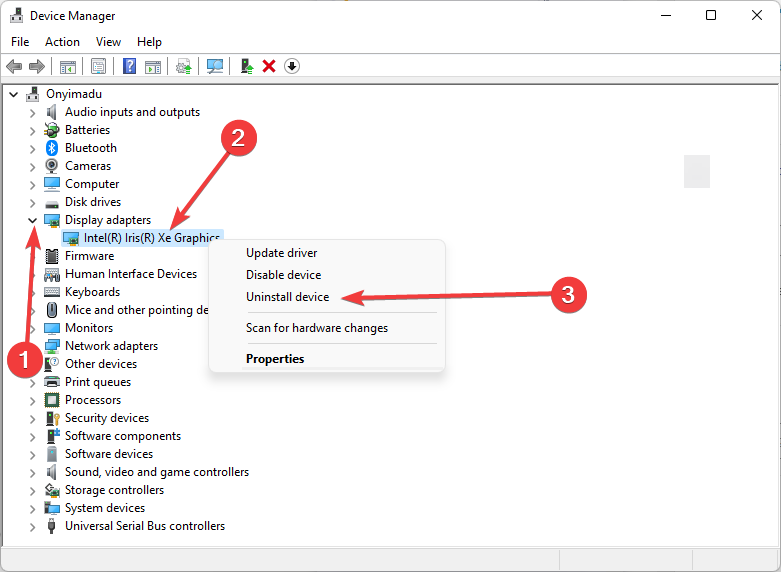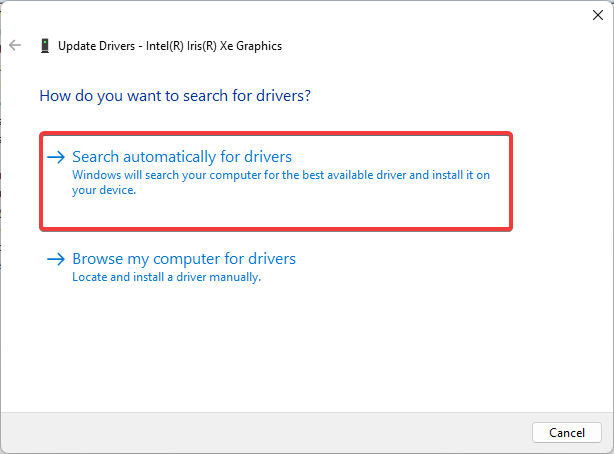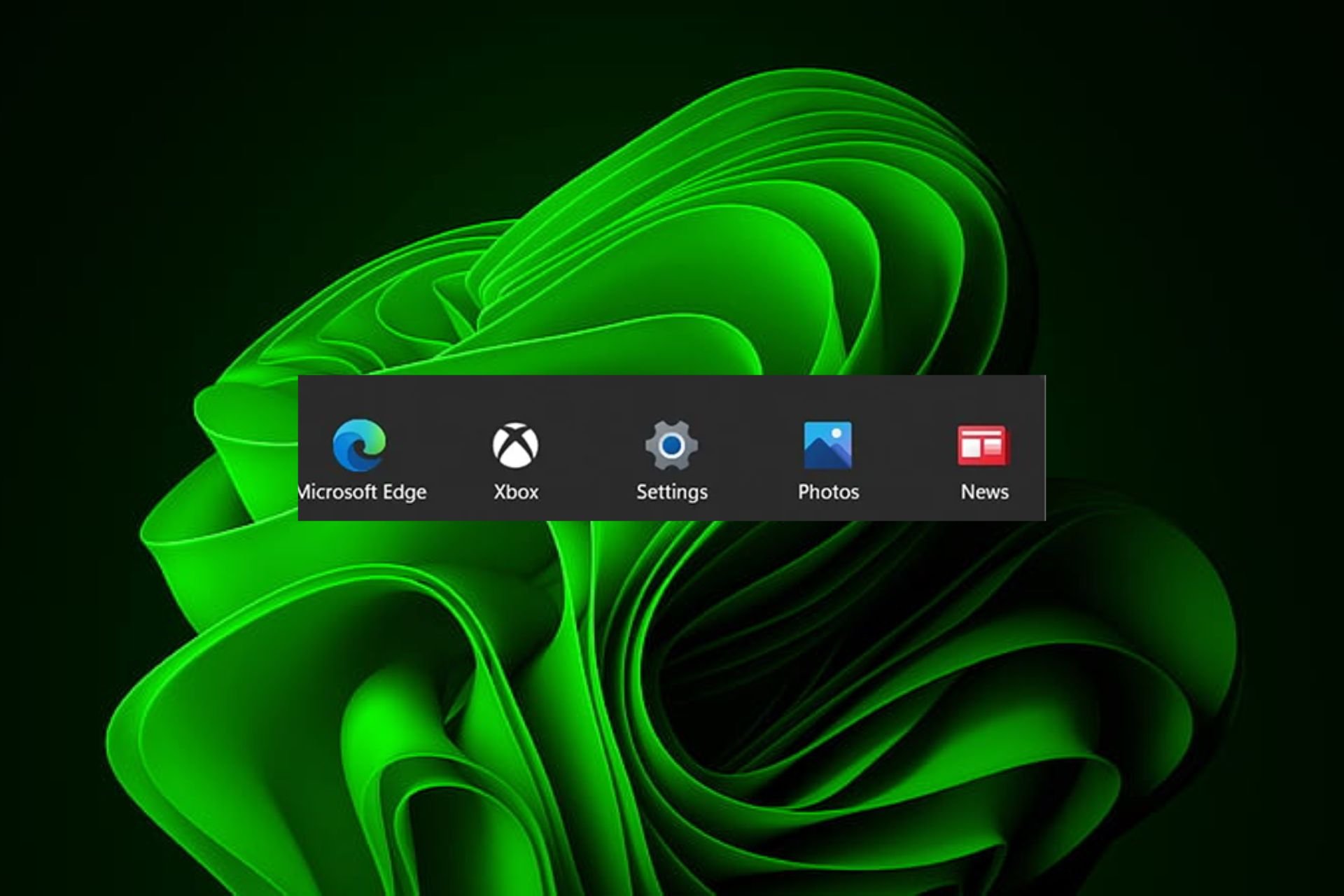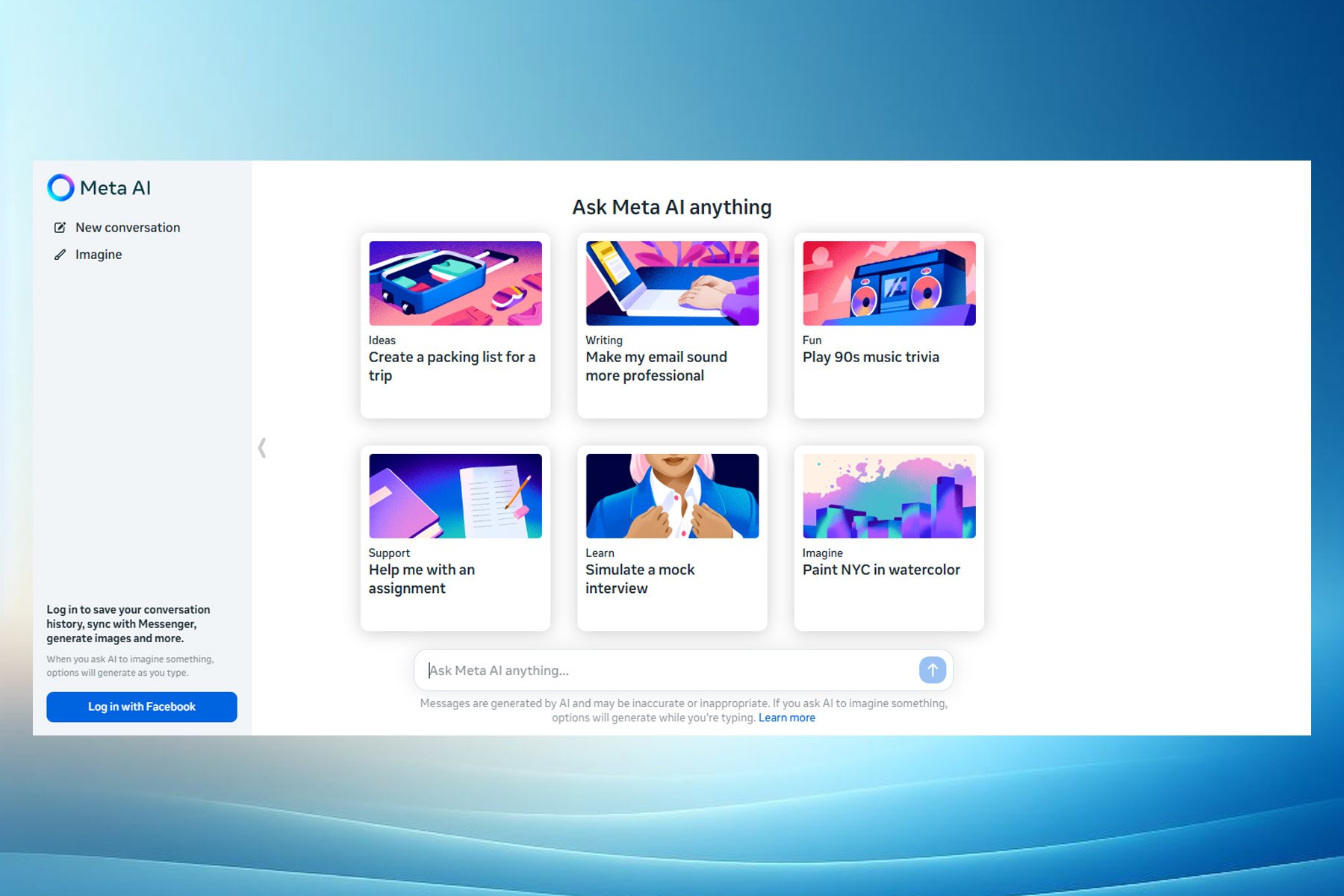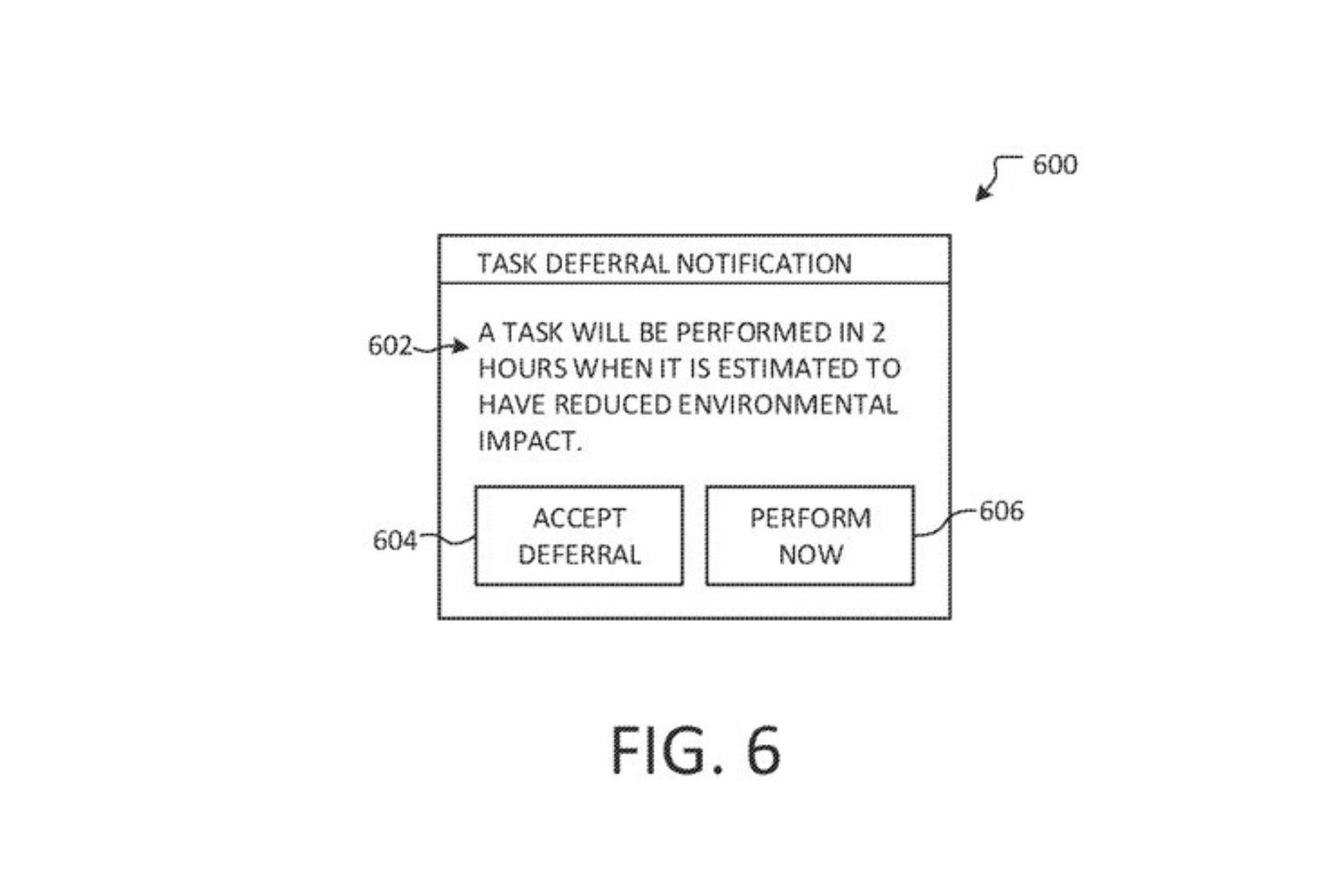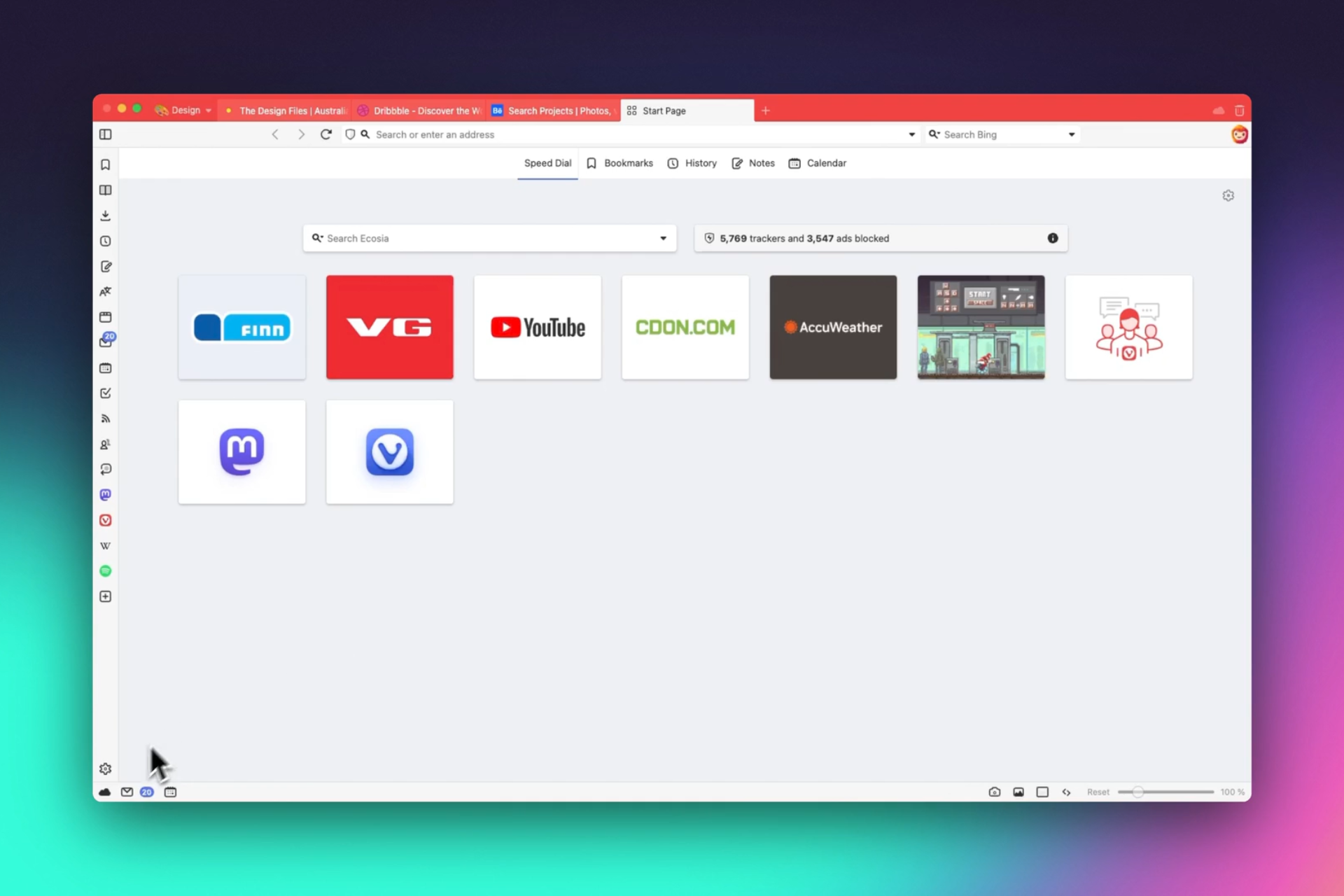Can't Change Display Resolution? Fix it With 5 Best Solutions
Updating the graphic drivers is the best solution ✅
5 min. read
Updated on
Read our disclosure page to find out how can you help Windows Report sustain the editorial team Read more
Key notes
- When you can't change the display resolution on Windows 10, your drivers could miss some updates.
- For this particular situation, don't miss out on the professional tool with the scanning abilities recommended in this guide.
- If you can't change the display resolution, try installing the drivers in compatibility mode.
- Another excellent fix is applying some settings manually in the AMD Catalyst Control Center.
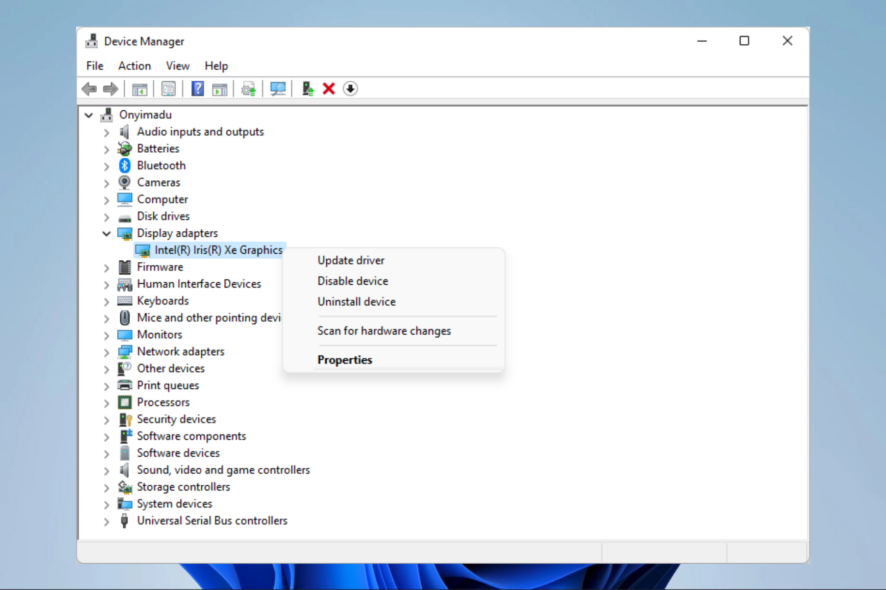
After Windows 10 upgrade, some users reported that they can’t change the display resolution on their Windows 10 devices, which can be pretty annoying and affect various online activities.
To enjoy a good display experience, screen resolution settings on your computer are set so you can change or adjust them to suit your viewing pleasure.
It may seem a typical problem, where the screen freezes at the most basic resolution, or you find the setting grayed out, so you cannot change it.
We will show you the best resolutions for it in this article.
Why can’t I change the monitor resolution?
The leading cause of this problem is incorrect driver settings. When drivers aren’t compatible, they may choose a lower resolution to be safe. Therefore, upgrade the graphics driver or even revert to an earlier version.
On NIVIDA or AMD graphic cards, the GPU scaling option may trigger this problem. So, you may have to enable it. Using this feature, the picture may be scaled horizontally and vertically to suit the screen.
Most importantly, you should know that your drivers are the most common culprits, which should focus on resolving this computer problem.
When does this error occur and what can I expect?
Let’s quickly review some similar issues reported by our readers so that you know what you’re up against.
- Can’t change display resolution on second monitor/third monitor/external monitor Windows 10 – This problem affects only attached monitors, and you should resolve it using the solutions we will proffer.
- The Display control panel is unable to change the display settings – In this case, updating your graphics card is the most likely solution.
- Resolution locked in Windows 10 – You would want to restart your computer and ensure drivers are up to date.
- Can’t change screen resolution in Windows 11/10/7/Windows Server 2019 – This is still another variant of the problem on server OS.
- Nvidia control panel won’t let me change resolution – You should try downloading and reinstalling the driver.
- Can’t change the screen resolution to 1920×1080 – If it can not change to a specific solution, you may need to reinstall the graphics drivers.
- Can’t change display resolution after sleep/reboot – Once again, you should first try a graphics driver update.
The problem is usually a result of incompatible or outdated display drivers that conflict with Windows 10; hence, you’re unable to adjust screen resolution.
This article will explore all the solutions you can use to solve the Windows could not change your display to this resolution error.
What do I do if I can’t change the display resolution?
1. Update display adapter driver
1.1. Use Windows Update
- Click the Start menu and select the Settings app.
- Click on Windows Update on the left pane.
- Now, if there are updates, you should click Download & install.
If you’ve tried to restart your computer and Windows 10 still can’t change the resolution, update the display adapter driver with Windows Updates.
1.2. Rely on advanced software
If you are experiencing problems adjusting the screen resolution on Windows 10, try updating your drivers with a tool that can scan your device and provide you with an accurate report.
- Download and install Outbyte Driver Updater.
- Launch the software.
- Wait for the app to detect all faulty drivers.
- Now, it will show you all the malfunctioning drivers listed to select the ones to Update or Ignore.
- Click on Update & Apply Selected to download and install the newest versions.
- Restart your PC to ensure the applied changes.

Outbyte Driver Updater
Secure your Windows PC with Outbyte from various errors caused by problematic drivers.2. Uninstall and reinstall the display driver
- Right-click the Start menu and select Device Manager.
- Expand Display adapters, then right-click the name of your display driver and choose Uninstall device.
- Confirm that you wish to continue with the uninstall.
Once driver files have been uninstalled, restart your computer to install the generic display driver automatically. Users have claimed that this procedure helped them fix the resolution issue on their PCs.
3. Update Bluetooth drivers
- Right-click the Start menu and select Device Manager.
- Click Display adapters, right-click your graphic devices, and select Update driver.
- Click on Search automatically for drivers.
- Restart the computer and check.
Updating the Bluetooth drivers is another method that can help when you can’t change the display resolution on your device. You can also go to the manufacturer’s site to install the drivers.
Note that you may also download drivers by visiting your manufacturer’s website. So, for HP drivers, for instance, I will have to visit the HP website.
4. Install drivers in compatibility mode
- Download the driver from the manufacturer’s website.
- Right-click the Start menu and select Device Manager.
- Right-click on the driver and click on Properties.
- Click on the Compatibility tab and check the box Run this program in compatibility mode for and select Windows 10.
- Once this is done, restart the computer and check if the issue persists
We recommend downloading the drivers in compatibility mode to fix the screen resolution problem. Once you access the Compatibility tab, follow the steps above and restart your device.
5. Roll Back Graphics Driver
- Right-click the Start menu and select Device Manager.
- Right-click on the driver and click on Properties.
- If it is not greyed out, select the option to Roll Back Driver.
6. Use the Graphics card control panel
- Right-click on your Desktop.
- Select the NVIDIA control panel.
- Go to Display.
- Change resolution and adjust accordingly.
If the display control panel cannot change the resolution, go to the NVIDIA menu as shown above, and modify the resolution from the Display option.
Why is the resolution greyed out?
Many customers who installed or updated to Windows 10 noted that the screen resolution choice is now grayed out. However, your graphics card is the most likely culprit of this situation. The most recent driver for your graphics card is available for download on the website of the company that made your computer.
If you can’t change the display resolution on a second or third monitor, or you can’t change it to 1920×1080, you should try any of our recommended solutions to resolve the problem.
Were you able to adjust the screen resolution after using one of these fixes? Let us know in the comments section below.







